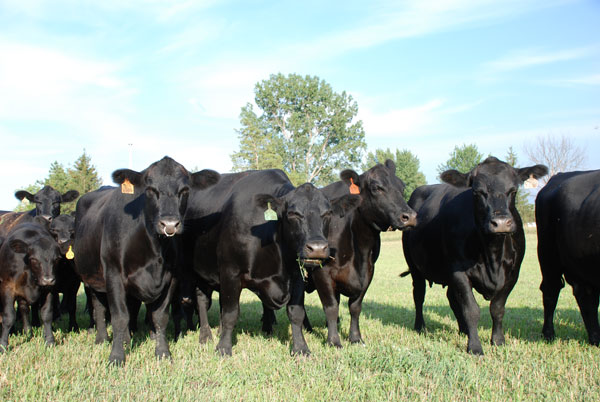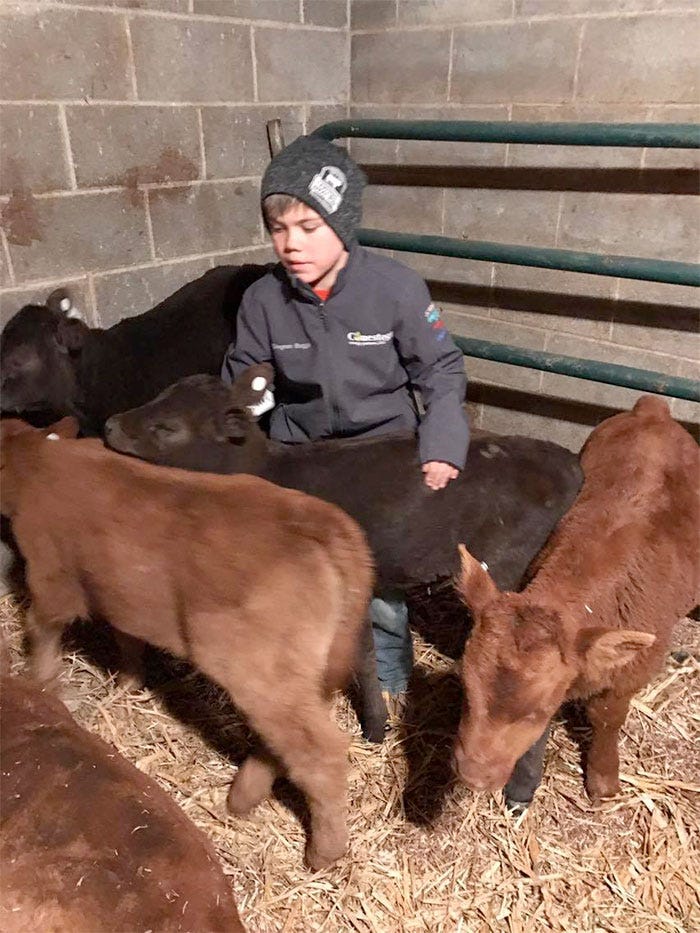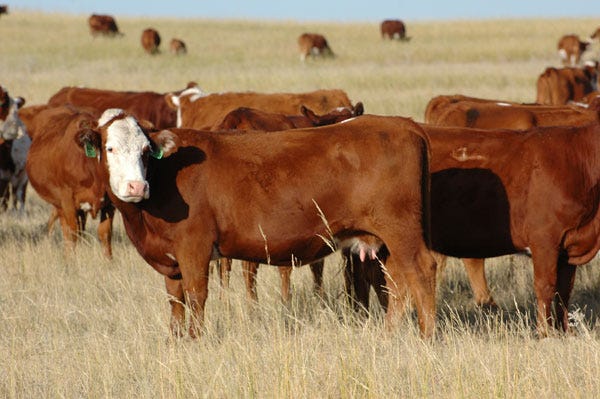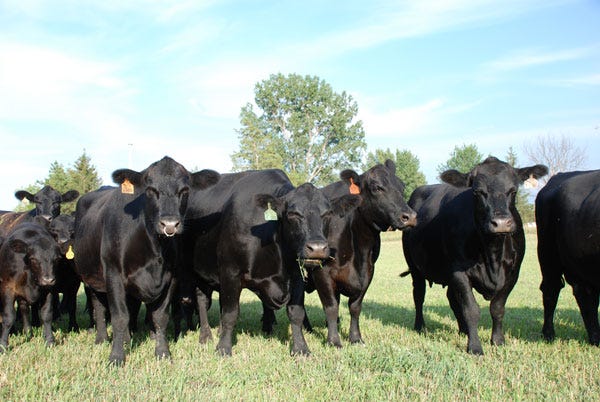6 Trending Headlines: 4-Hers step up; PLUS: How to converse with consumers
In an act of true caring and compassion, a Kansas 4-H club is taking in calves orphaned by wildfires and other clubs are joining the effort. That and more awaits you in this week’s Trending Headlines.

4-Hers step up to save calves orphaned by wildfires
If you ever doubted that cattle people are a caring, loving family, the story of the Four Leaf Clover 4-H Club in Meade County, Kan., will dispel any doubts. Club members and volunteers have rallied supporters in the state and surrounding states to take in orphaned calves whose mothers were victims of the wildfires that raced across several western counties, reports the Angus Journal.
Rachelle Schlochtermeier, one of the parent leaders of the Four Leaf Clover Club, said, “This is a huge undertaking. The condition that some of these calves are coming in …”. Gathering her emotions, she continued: “This is going to be a long-term thing. The farmers don’t have anywhere to go with their calves right now. There is a lot of work to be done and a lot of commitment needed to keep these babies alive.”
The group has established a Facebook page for people who want to get involved with the effort. On Facebook, search for “Orphan Calf Relief of SW Kansas.” Relief funds have also been set up at Ashland Feed and Seed, Meade Co-op, and at Country Feeds in Montezuma, Kan.
Those interested in donating money, products or anything else may contact those businesses directly, or call Schlochtermeier at 785-483-0421.
Update from Mexico: Officials looking for alternate beef suppliers
According to a report from agriculture officials at the U.S. Embassy in Mexico, Mexican officials appear intent on diversifying the number of markets where they currently source both beef and pork. Part of this effort has been the introduction of a tariff free quota system for countries that are not part of NAFTA. Brazil looms large here given its outsize production of beef, pork and chicken products.
“The main point is that the new tariff-free TRQ would be more than enough to replace U.S. products. Any disruptions of trade with the U.S. likely would not cause a net decline in beef availability in Mexico,” say the economists with the Daily Livestock Report.
The beef cowherd in Mexico is currently estimated at 7 million head. By comparison, the top five states in the U.S. for beef cow numbers are Texas, 4.46 million; Oklahoma, 2.1 million; Missouri, 2.05 million; Nebraska, 1.92 million; South Dakota, 1.66 million.
New Stay EPD offered for multiple breeds, crossbreeds

International Genetic Solutions is releasing a multi-breed Stay EPD to estimate stayability for beef cows. The new Stay EPD offers information on a large collection of purebred and crossbred cattle, something that has never before been offered, reports Farm and Dairy.
In that past, stayability and EPDs were available only for purebred cattle, but incorporating crossbred genetics into the mix gives more opportunities to commercial cattle operations, says Wade Shafer, executive vice president of SimGenetics and member of the International Genetic Solutions (IGS) genetics team.
Stayability refers to the probability that a sire’s daughter will remain in the herd up to 6 years of age, explained Shafer. A Colorado State University study determined if a cow leaves the herd before reaching age 6, the producer is less likely to have a return on his initial investment of that cow.
Nominations open for Farm Mom of the Year

To honor the significant contributions these women make in their communities and beyond, the America’s Farmers Mom of the Year Contest program, sponsored by Monsanto, will help some of the most outstanding farm moms make an even bigger difference in their communities, reports Southwest Farm Press.
From March 1 through March 31, an eligible person can nominate an eligible, exceptional farm mom for the chance to be named America’s Farmers Mom of the Year.
Tips for starting (and having) ag conversations with consumers
It's your farm; it's your story. Take the opportunity to share it. That's what a group of South Dakota farmers has been doing to help consumers understand food safety and farm practices through an initiative called Hungry for Truth.
Hungry for Truth was designed to open conversations about food between South Dakotans (or any consumer) and the farmers who grow it. Those active in Hungry for Truth are putting it all on the table, so to speak, to have open, honest conversations about how food is raised and its safety, reports Southwest Farm Press.
"Fear can take the place of education, so we need to educate them," says Jerry Schmitz of Schmitz Farms, Vermillion, S.D. "Most people aren't opposed to what happens on a farm, they just want to know more about it and feel assured that the food they're buying is safe."
Click here to read tips on how to initiate and continue those conversations.
Be patient. Grazing too early is harmful to pasture health

Grazing too early in the spring does nothing but remove the solar panel the plants need to start building sugars and growing new roots. The forages really need to be able to fully leaf out or canopy and get a good start before animals start removing that new growth, otherwise production will be reduced, according to onpasture.com.
That means, even the hay you have left isn’t the best, it�’s better to supplement poor hay and keep feeding it, if available, than to start grazing too early.
About the Author(s)
You May Also Like



